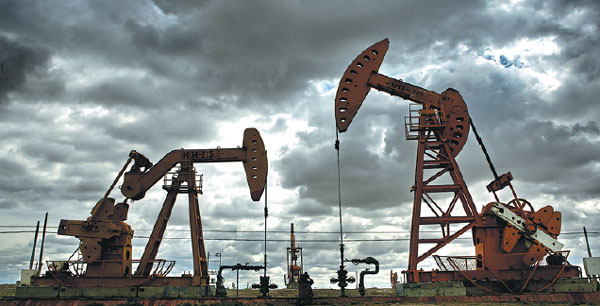Oil prices were little changed on Tuesday, holding near the two-month highs reached in the previous session, on expectations for rising fuel demand from the summer travel season and possible U.S. interest rate cuts that could boost economic growth.
Brent crude futures rose 20 cents to $86.80 per barrel as of 0313 GMT after gaining 1.9% in the previous session to the highest close since April 30.
U.S. West Texas Intermediate (WTI) crude rose 15 cents to $83.53 a barrel, after gaining 2.3% to its highest since April 26.
The oil price movement “appears to be more fear and sentiment driven than fundamentals,” said Vandana Hari, founder of oil market analysis provider Vanda Insights, pointing to the outlook for summer fuel demand, the higher chance of conflict between Israel and Iran and Hurricane Beryl as supportive factors.
Gasoline demand in the U.S., the world’s biggest oil consumer, is expected to ramp up as the summer travel season picks up with the Independence Day holiday this week. The American Automobile Association has forecast that travel during the holiday period will be 5.2% higher than in 2023, with car travel alone 4.8% higher than a year earlier.
“This could help gasoline demand recover after a subdued first half of 2024,” ANZ analysts wrote in a note.
On the supply side, markets were planning for possible disruptions from Hurricane Beryl on U.S. oil refining and offshore production. However, forecasts currently show the storm likely moving into Mexico’s Bay of Campeche and causing problems for oil production there.
Beryl struck the Caribbean as a category 4 storm on Monday with warnings from the U.S. National Hurricane Center of an “extremely dangerous situation” after it jumped from a category 1 storm within 10 hours.
Signs of subsiding inflation in the U.S. is renewing hope that the Federal Reserve may cut interest rates, possibly in September.
A report on Monday showed U.S. manufacturing activity contracted for a third month, and prices manufacturers paid for some inputs dropped to the lowest level in six months.
Along with a Commerce Department report on Friday showing U.S. inflation data was unchanged in May, that could strengthen the case for lowering U.S. interest rates, a step that would boost economic activity and oil demand.
Still, signs of less-than-expected demand growth have limited gains in oil prices.
Some data shows that crude imports to Asia, the world’s biggest oil consuming region, in the first half of 2024, were lower than last year. This was mainly because of lower imports into China, the world’s biggest oil importer and the second-largest consumer.



